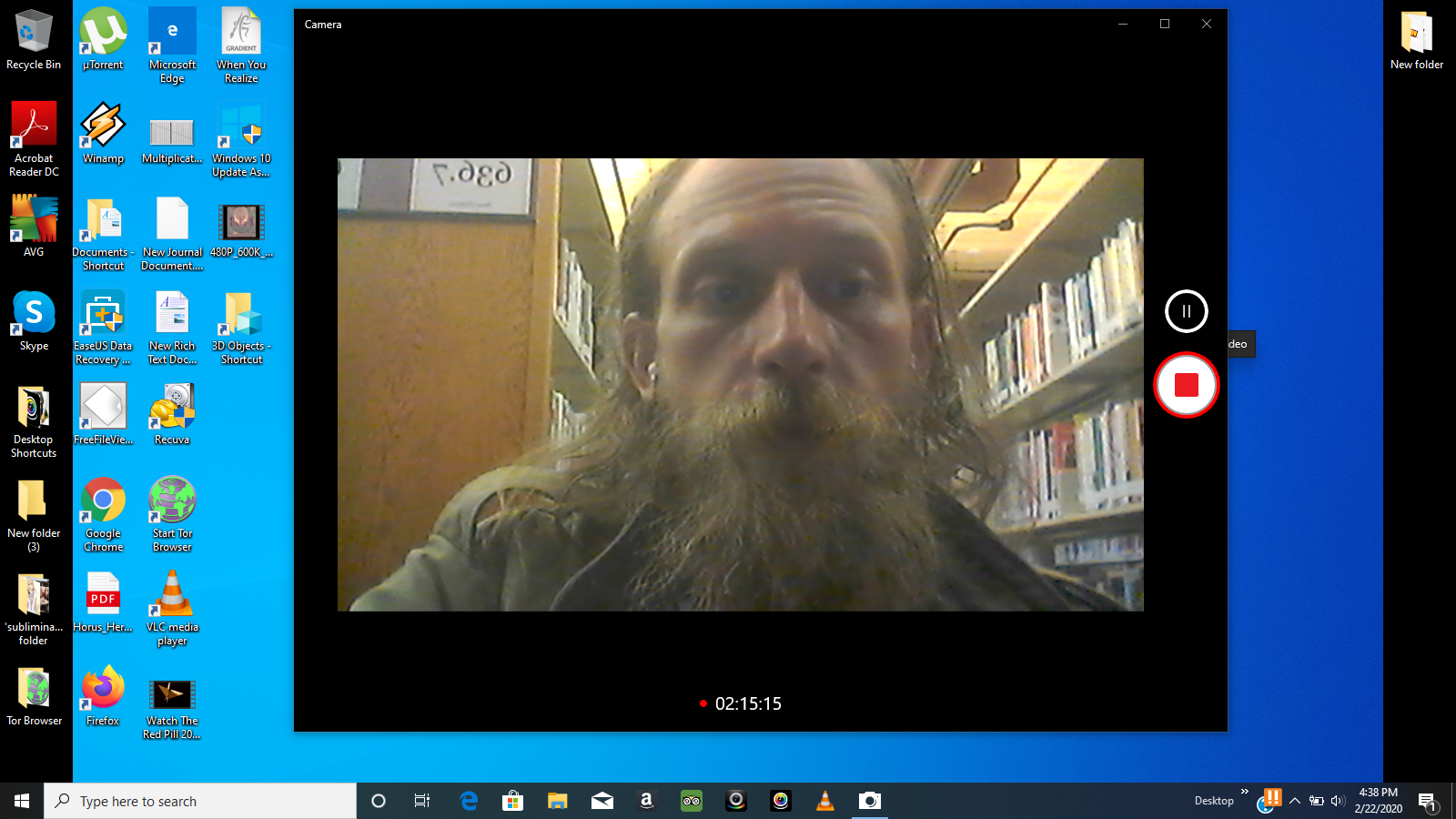2.- Atom Text editor on Ubuntu 20.04 Conclusion. Linux usually has many tools and programs available. Some of them are so good that professionals from all over the world use them every day as is the case with Atom. Now you know how to install Atom Tex Editor on Ubuntu 20.04 and if you are a web developer you will appreciate having this program. Apt-get -t buster-backports install linux-image-5.2.0-0.bpo.1-amd64-unsigned firmware-realtek firmware-intel-sound You need the non-free realtek drivers to support the built-in Wi-Fi card. You get a mostly running device, but some drivers are still missing. Atom is available with Windows installers that can be downloaded from or from the Atom releases page. Use AtomSetup.exe for 32-bit systems and AtomSetup-x64.exe for 64-bit systems. This setup program will install Atom, add the atom and apm commands to your PATH, and create shortcuts on the desktop and in the start menu. # snap install -classic atom Download snap 'atom' (150) from channel 'stable' 88% 175kB/s 1m41s atom 1.26.1 from 'snapcrafters' installed c) On Centos 7 On Centos 7 atom needs some dependencies to be installed so, we will need to use the yum command to install the.rpm package downloaded earlier.
Running Atom on Chrome OS
October 2, 2018
Install Atom Linux Mint
Google recently announced beta support for Linux apps on Chrome OS as part of its “Crostini” project. If you have one of the supported Chromebooks getting Atom running takes just a few clicks.
1. Update to Chrome OS version 69 or later
Since Linux apps are a beta feature, you’ll need to ensure you’re running the most recent version of Chrome OS, version 69 or later. While Chrome usually updates itself automatically, you can see what version you’re running and can manually trigger an update by following these instructions.
2. Enabling Linux app support
Once on the latest version, you’ll need to enable Linux app support. If you’re on a supported device, you should see a new “Linux (Beta)” menu item in your Chromebook’s settings. Navigate to the Linux apps settings toggle and click “turn on”. From there, Chrome should take a minute or two to configure and boot the Linux virtual machine. For more detailed instructions for enabling and installing Linux apps, follow these instructions.
3. Installing Atom
Finally, with Linux apps natively supported, you’ll need to install Atom. First, download the .deb installer from Atom.io (or the beta installer if you prefer). Next, in the “Files” app, find the download and drag it to the “Linux Files” folder that now appears in the left sidebar to copy it over to the linux VM. Finally, double click the .deb file (in the “Linux Files” folder) to install Atom. Once installed, Atom will appear in your app drawer, and can be added to the shelf like any other app. Plugins, themes, and configurations should work just like you’d expect on MacOS, Windows, or any other Linux platform.
Atom on Chrome OS
Atom’s performance will obviously depend on the hardware you’re running it on, but on a Pixelbook, I’ve found Atom to be snappy enough to be my everyday editor (and with native Git support, it might become just that) — in fact, that’s how I wrote this post!
Linux app support has been rolling out in beta to select Chromebooks over the past few months, and is now mature enough to be included in the stable channel. That said, it is a beta, and not one of Atom’s officially supported platforms, so it may not always work as expected. If you do run into any trouble, the Atom discussion board is likely your best bet.
Happy editing!
Ben Balter is a Senior Manager of Product Management at GitHub where he oversees the platform’s Community and Safety efforts. An Atom user since 2013, he’s looking forward to being an early adopter of Atom on Chrome OS and helping others to do the same.
Atom is a free and open-source text and source code editor for Linux, OS X and Windows. It’s modern, approachable, yet hackable to the core, a tool you can customize to do anything but also use productively without ever touching a config file. Atom support for plug-ins written in Node.js, and embedded Git Control, developed by GitHub also thousands of open source packages that add new features and functionality to Atom.
Features

- Cross-platform editing – Atom works across operating systems. You can use it on OS X, Windows, or Linux.
- Built-in package manager – Search for and install new packages or start creating your own—all from within Atom.
- The smart autocompletion – Atom helps you write code faster with a smart, flexible autocomplete.
- File system browser – Easily browse and open a single file, a whole project, or multiple projects in one window.
- Multiple panes – Split your Atom interface into multiple panes to compare and edit code across files.
- Find and replace – Find, preview, and replace text as you type in a file or across all your projects.
Install Atom text editor on Linux
To install Atom on Linux, you can download a Debian package or RPM package either from the main Atom website at atom.io or from the Atom project releases page at https://github.com/atom/atom/releases
Install Atom on Debian, Ubuntu And Mint Linux
We can install the Atom 1.3.1 Text Editor on Debian, Ubuntu And Mint Linux enter following command:
Install Atom on RHEL/CentOS and Fedora Linux
Install Atom Linux
To install Atom 1.3.1 Text Editor on RHEL/CentOS and Fedora Linux enter following command:
See the below screen shot of Atom 1.3.0 taken from Mint 17 Linux
That is it. Enjoy!